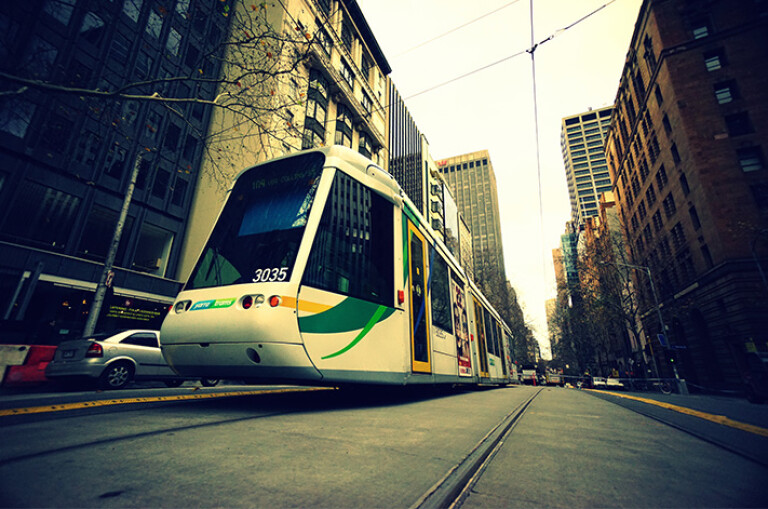
MERCEDES-BENZ has singled out hook turns in Melbourne as one of the most difficult challenges its self-driving S-Class faced in a global trial of the emerging technology.
The highly autonomous Mercedes-Benz S-Class limousine travelled to Australia in December as part of a test to see how well the technology would – or would not – adapt to regional differences worldwide. The hook turn – a Melbourne idiosyncrasy that stops cars from blocking tramlines – was one that bamboozled it.

“If you want to turn off right over the tram tracks in this country with left-side traffic you have to move to the outer left lane and first let the traffic straight ahead and the tram pass before you are allowed to turn off right,” Mercedes said in its report of how well the trial went. “The junction can only be crossed if your own traffic light is on red and that of the cross traffic switches to green.
“The sensors and algorithms of an automated and autonomous vehicle must be in a position to detect the ‘Hook Turn’ sign, to comprehend the context of the complex turning procedure and take other road users into account.”

Another distinctly Aussie problem for self-driving cars: kangaroos. “Depending on their posture they have a different shape and are therefore very difficult to identify definitively,” Mercedes said. “According to statistics from an Australian insurance company, kangaroos cause nine out of 10 road accidents in which animals are involved nationally.”
Wheels joined Mercedes-Benz for part of its Australian trial, tagging along for a trip down the Hume Highway – the same setting decades earlier for the now iconic HO Down the Hume feature.

But Australia wasn’t the only part of the tour to bamboozle the infant technology. In South Africa, for example, pedestrians often walk on the road, presenting its own unique problems for Mercedes’ technicians. In the US, the smart cars need to come to a halt when a school bus in front has stopped. In China, stripes on a road could either mean a pedestrian crossing, or the minimum distance that cars should keep apart.
Driverless technology is currently being trialled on Sydney and Melbourne roads to help government set the legal framework needed to allow Australian drivers to take their hands off the wheel and let the technology do the steering. Perth and Melbourne also have trials of autonomous shuttle buses.
Car-makers are rushing to develop largely self-driving cars that some predict will be joining our roads as early as late next year.
COMMENTS